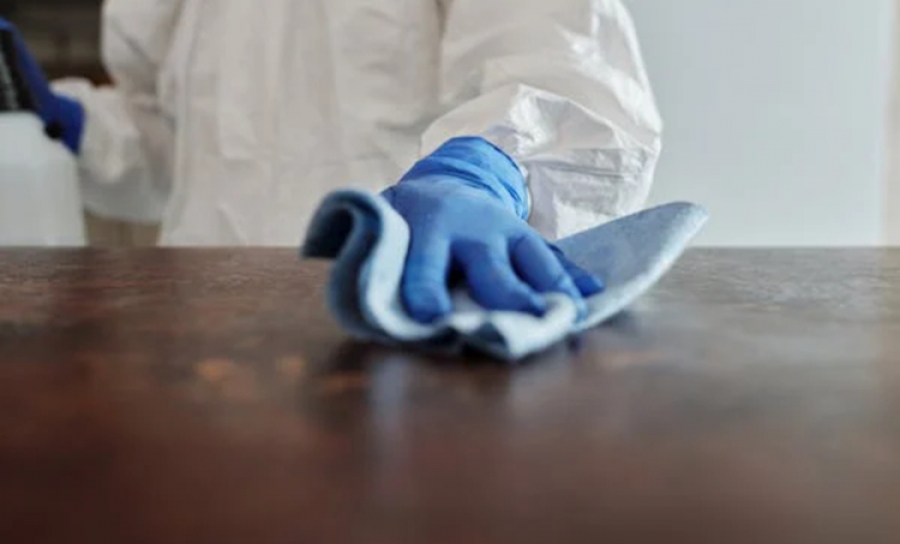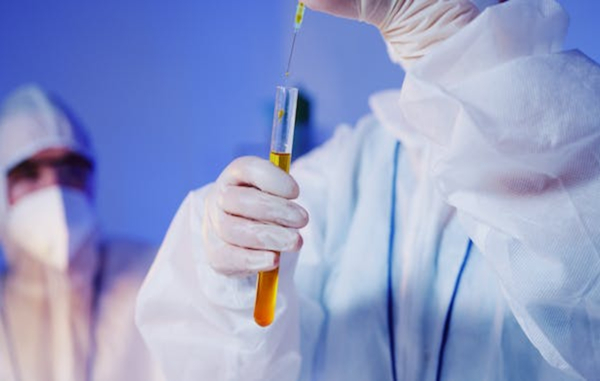Below, you'll find the information you need to determine the optimal glove type for each area application.
Disposable Gloves
Numerous disposable glove substrates are available, each designed to meet certain demands. However, there are only two primary types of disposable gloves: general purpose and medical/exam grade from medical nitrile examination gloves manufacturers. General-purpose gloves are typical for food handling, automotive, janitorial, and salons or spas. On the other hand, medical gloves are specifically used for surgeries, cancer therapies, and laboratories. These gloves should be FDA approved and adhere to certain specifications.
Moreover, the glove's material will determine the level of protection, comfort, and durability, among other factors. Disposable gloves are intended for single use and should be used for only one task. They should be thrown away after each usage.
Cotton/Fabric Gloves
It is the most frequent gloves for regular labor or projects that do not require a high level of protection. These gloves' thin, lightweight cotton covering gives minimal protection to the wearer. They are mostly used to prevent small scrapes and splinters but do not affect punctures, burns, or cuts.
Leather Gloves
A variety of factors make leather gloves popular. They offer excellent traction, insulation, and durability. They are thicker than standard fabric, providing a greater amount of protection.
Leather gloves tend to dry up, crack, and shrink when exposed to temperatures. Due to this, they are not ideal for working in the heat. Welders typically wear leather gloves with a strong liner for further protection.
Impact And Vibration-resistant Gloves
EHS (Environmental Health and Safety) leaders prioritize prolonged vibration's effects. Vibration-resistant gloves can mitigate the impact of long vibration. They absorb a significant portion of the force of vibrating tools or equipment. Workers use vibrating equipment for extended periods in the fabrication, automotive, and construction industries. Moreover, equipment may vibrate like the ones in your phone when the internet is on from your wholesale wifi door lock.
Chemical And Liquid Resistant Gloves
Chemicals that get into the body through the skin can cause serious health problems immediately or over time. A product's safety data sheet (SDS) will help determine how much protection workers need when working with chemical products.
Here are some examples of materials that can resist chemicals or liquids and what their uses are:
Butyl Rubber Gloves
When working with chemicals, the best thing to do is to wear butyl rubber gloves. Because they are made of rubber, liquids do not soak into them. Chemicals like alcohols, ketones, nitro-compounds, acids, bases, and even rocket fuel can’t damage the rubber. They can handle hot and cold temperatures, wear and tear, oxidation, and corrosion from ozone.
Latex And Rubber Gloves
They are made for situations with only a small chance of contact. Latex and Rubber Gloves can handle biological hazards and liquids that are mostly water.
Neoprene
Neoprene is usually used when there will be prolonged contact with materials like Acids/Bases, Alcohols, Fuels, Peroxides, Hydrocarbons, Hydraulic Fluids, Gasoline, and Organic Acids.
Nitrile Or Plastic Gloves
The wearer of nitrile gloves can be protected from solvents, petroleum oils, gasoline/greases, acids, and bases. When the right size is worn, these gloves fit like a second skin, making it easier to handle small objects and do work that needs precision.
These gloves are typically utilized in medical or laboratory environments with injection molding medical devices. Typically, they are form-fitting to allow for mobility while protecting biohazards, chemicals, solvents, and other hazardous substances.
However, due to the thin and flexible nature of the material, these gloves lack puncture and heat resistance. They are not good while working with sensitive equipment, fires, or abrasive surfaces.
Kevlar Gloves
Due to their durability, Kevlar gloves are an excellent option for industrial settings. The material is light and strong, making it a good way to protect your hands while still letting you move around. Kevlar can't be cut or pierced, so it's often used to line other kinds of gloves.
Puncture-Resistant Gloves
These gloves are made to protect your hands from cuts and punctures. Sharp objects that could cut the skin are less likely to get through the weave. Puncture-resistant gloves are useful in construction, food service, and warehousing, where people cut or store things.
Aluminized Gloves
When working in heat, these are some of the best gloves to wear heat when working in the heat. They can handle high temperatures very well, which is why they are often used in welding, foundries, and labs. They will always keep your hands safe in temperatures up to 2,000F.
Covered Fabric Gloves
These gloves are a step up from fabric gloves that are not coated. They offer a little more protection against cuts, punctures, and chemicals. Coatings are often made of nitrile, PVC, or polyurethane, but the type of coating you need depends on the job.
Conclusion
It is important for everyone's health and safety not to come into contact with dangerous materials. There are often a lot of chemicals, substances, and other things at work sites that can hurt the skin or cause allergic reactions. Some dangerous chemicals can slowly get into the bloodstream through the skin. Friction or heat too high or too low can damage, irritate, or even break the skin. In biological work, getting dirt on your skin can make you sick.
Choosing right-hand protection for a job can be easier if you know its safety risks. Start by figuring out what could go wrong, and then look at your work safety glove options to find the best one.



